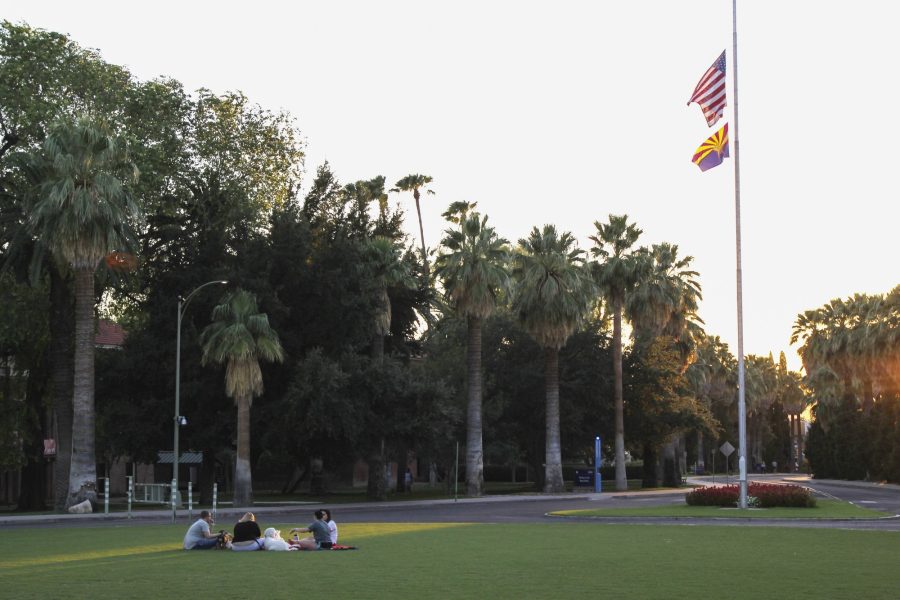On Monday, Feb. 2, University of Arizona President Dr. Robert C. Robbins announced in a weekly press briefing that in-person classes would be expanded to include those designated in Phase 2 of the reopening plan. This includes flex in-person classes and in-person classes with less than 50 students. The decision comes as cases on UA campus remain relatively low, but the level of risk of contracting COVID-19 in Pima County, as per the New York Times and Resolve to Save Lives, is “extremely high.” The decision to return to classes is a poor one, but it doesn’t come as a surprise.
Since the beginning of classes in August 2020 – the first semester to begin in pandemic conditions – the UA has employed a COVID-19 strategy aimed at maintaining maximum normalcy. There are testing policies in place for campus residents, a mask mandate on campus and other basic protocols to mitigate virus spread. This is a great start, but it’s nowhere near enough to keep students and staff safe amid a significant increase in human contact on campus.
RELATED: University status update: Phase 2 anticipated to start at the end of February
Some students have been in class since the semester started and recreation centers remain open. Most concerningly, a commitment to the reopening timeline seems to supersede any commitment to expert advice, community safety or the reality of the state and national virus situation.
We’ve seen the same critically flawed reasoning play out again and again over the past year – with deadly results every time. Every decline in case numbers triggers a relaxation in prevention measures which triggers a dramatic rise in case numbers. The first mass reopening gave way to a horrific summer. Case numbers fell in the early fall only for holiday gatherings, travel and other risky practices to cement a second, larger surge this winter. As the worst of that dreadful winter surge begins to wane, we should be learning from our mistakes, not repeating them.
As desperate as students and instructors are for a return to more normal learning, the decision to increase the amount of human contact occurring on campus is not worth the risk. Vaccinations are ramping up on campus, but the rate of vaccine distribution is inconsistent at best. Most students are still weeks if not months from being vaccinated and it’s unclear exactly what level of public immunity is necessary to begin returning to normal. This is all not to mention the multiple COVID-19 variants detected in the US which we know very little about other than that they are more contagious.
The decision by the UA represents a dangerous step in the wrong direction. Administrators are letting short-term gratification overcome the need for a sustainable strategy that puts safety first. It would be a shame to undercut the promise a vaccine represents with a decision that threatens not only everyone returning to classes, but the entire Tucson community.
Follow Aidan Rhodes on Twitter

Aidan Rhodes (he/him) is a journalism major from Flagstaff, Arizona. He is a passionate chef, athlete and writer.









